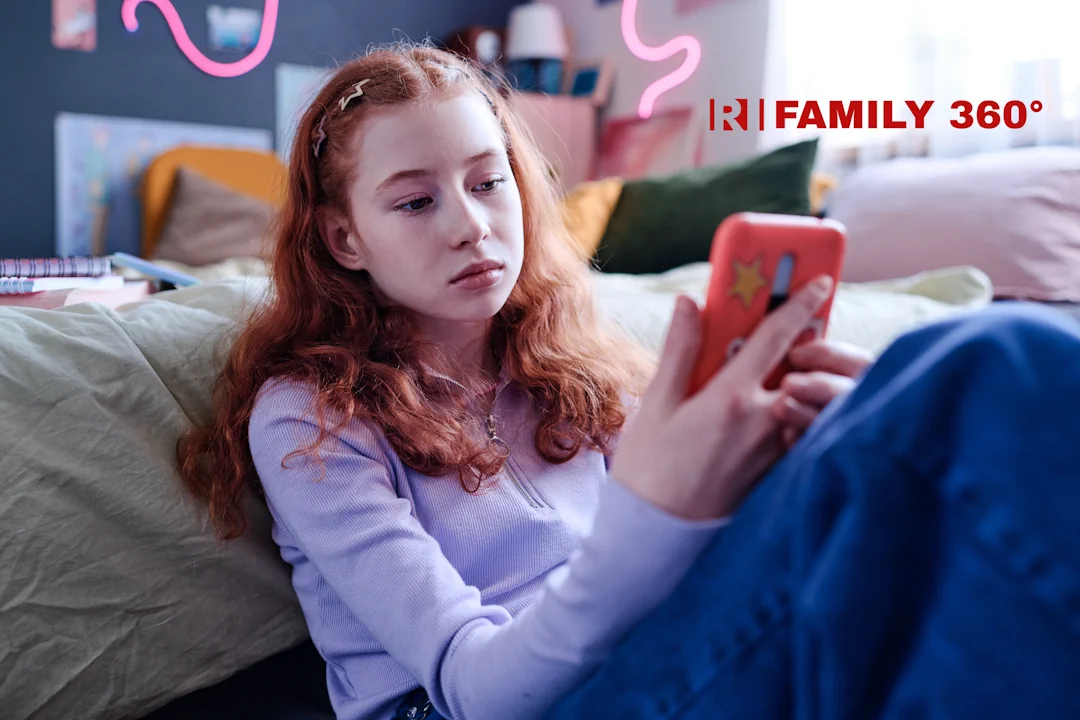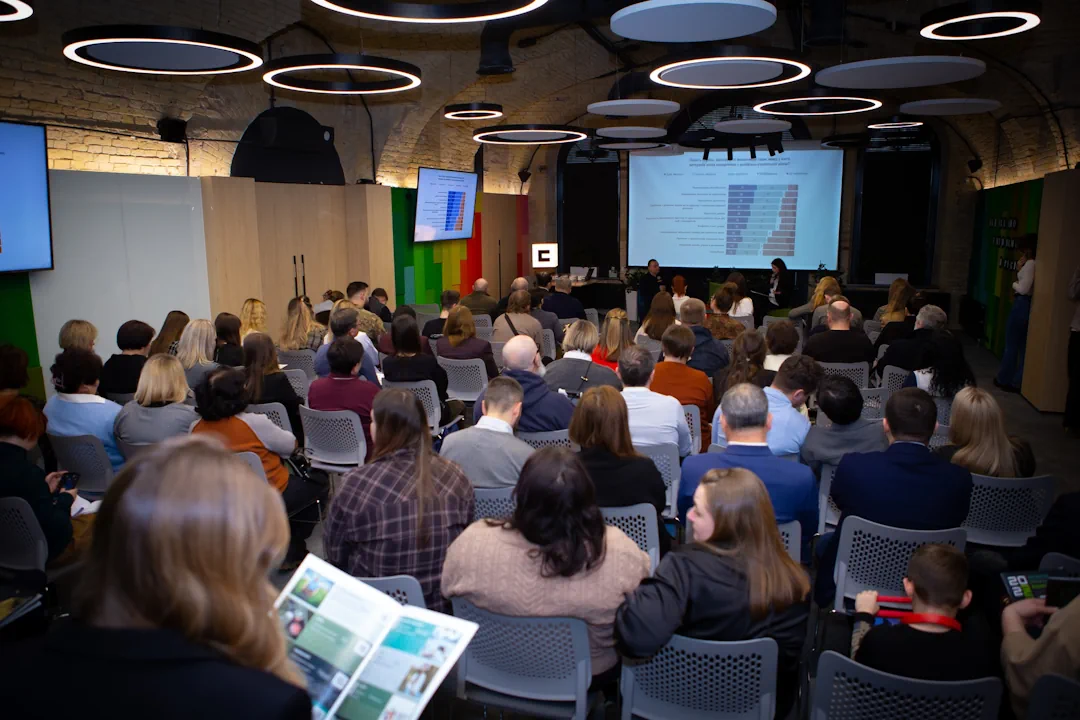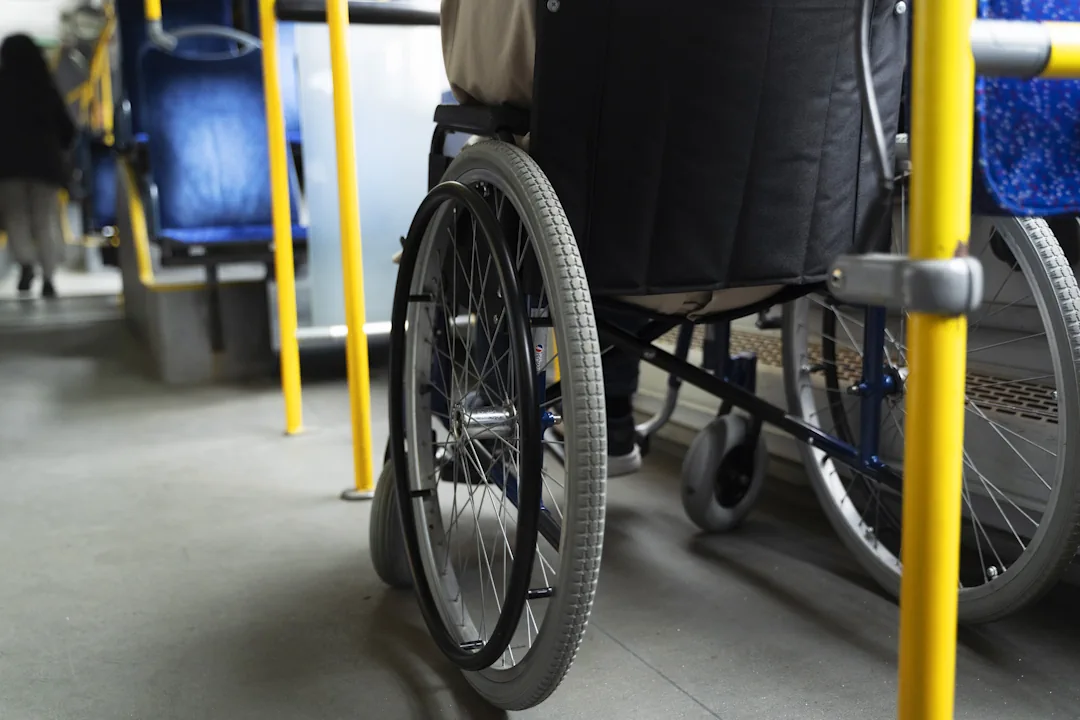30.10.2025
How often do Ukrainian teenagers consult AI about their psychological state?

How often do teenagers consult AI about their emotions and feelings, and who does so more often? This is the topic of the second publication on the study ‘Changes in Children's Mental Health and Well-being.’
In October 2025, Rating Group/Rating Lab surveyed more than 1,500 teenagers aged 10-18 and their parents using the unique Family 360° family research technology. In each publication, we discuss the mental health of teenagers and various aspects of their lives: gadgets and AI, emotional recognition by parents, dreams, household chores and stress, upbringing and punishment in the family, and bullying.
How common is this phenomenon?
.webp)
In general, every tenth teenager aged 10-18 often asks artificial intelligence for advice about their emotional state and mood. Most often, girls aged 14-18 (16%) consult AI.
In fact, one in six teenage girls aged 14-18 asks AI for advice about their emotional state and mood.
Among younger girls aged 10-13, this proportion is lower – 9%. Among boys, 5% of younger teenagers aged 10-13 and 7% of teenagers aged 14-18 often turn to AI for such advice.
At the same time, two-thirds of teenagers aged 10-18 never turn to AI for advice about their psychological state.
So teenagers see AI as a ‘psychologist’...?
65% of teenagers who often ask AI for advice about their emotional state have significant levels of stress (elevated or high). This is twice as often as their peers who rarely ask AI for such advice.
Some children do seek help from AI when experiencing certain emotions. Of course, consulting with artificial intelligence cannot replace a psychologist or psychotherapist. But in fact, some children do this (at least partially), and this is worth paying attention to.
…compensate for a lack of understanding from parents?
Teenagers who often turn to AI for advice about their emotional state have a weaker emotional connection with their parents.
Among those who frequently consult AI, only 23% have a very strong connection with their parents, while among those who rarely turn to AI, 42% have a strong connection with their parents. Thus, children seek support and guidance from AI that they may not be receiving from their loved ones.
About Family 360° technology
It is not worth making conclusions about teenagers without asking their opinion. That is why the Rating Group team launched Family 360° technology for family surveys, which focuses on the child who takes the survey, as well as parents, family members, and in some cases teachers, doctors, psychologists, etc. Comparing the answers of children and their parents allows us to understand the relationships and changes within the family. We have previously used this approach successfully with our partners at UNICEF, KSE, and Ty Yak? when researching mine awareness, mental health, education, and career guidance.
About the study
We first researched the topic of mental health in the parent-child relationship in October 2024. This year, we decided to continue, expanding the scope of the topic and using longitudinal research techniques to better understand the dynamics. In October 2025, this survey covered more than 1,500 children/adolescents aged 10-18 and their parents.
The authors of this study are: Svitlana Royz, child and family psychologist, mother of two children; Marianna Tkalych, CEO of Rating Lab, Doctor of Psychological Sciences, mother of Masha (17 years old); Tetiana Skrypchenko, Deputy Director of Rating Group, mother of Solomiya (8 months old).
Methodology
- Fieldwork dates: 3-7 October 2025 р.
- Survey method: CATI>CAWI (Computer-Assisted Telephone Interview – telephone interviews using a computer, CAWI – online survey). In the first stage (CATI), contact was made with parents who gave their consent for their children to participate in the online survey. In the second stage, children completed the survey via a personal link. After that, parents received a personal invitation to take part in an online survey for parents.
- Sample size: 2,531 respondents. Of these, 1,572 were children aged 10-18 and 959 were their parents. Almost 900 children took part in the survey again in a longitudinal format.



